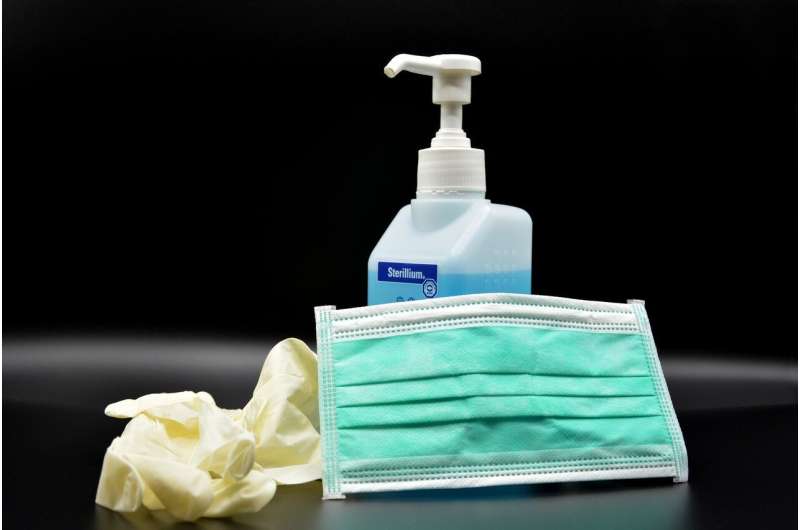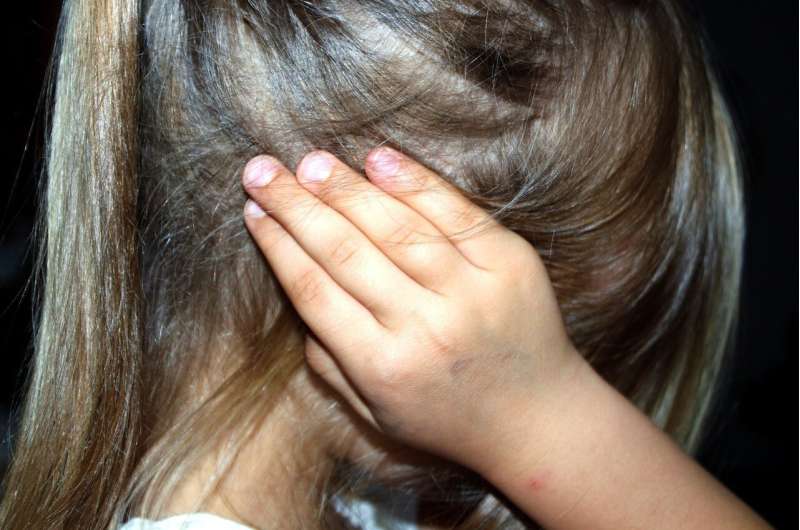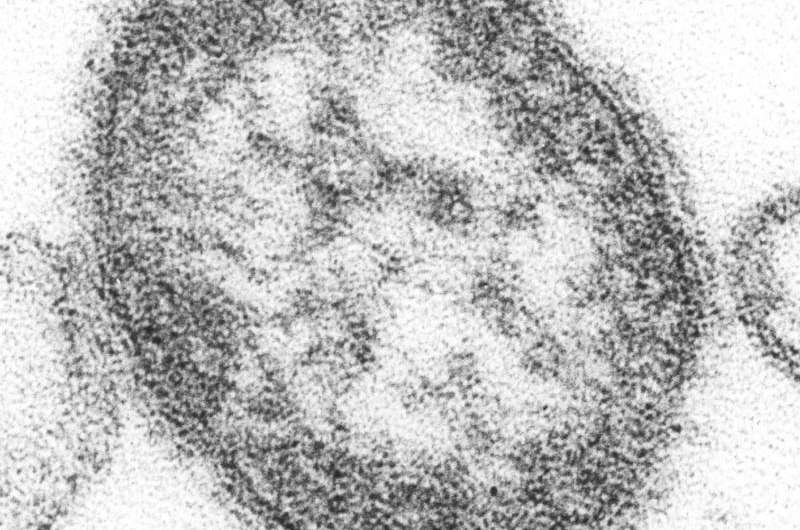Legalization of Cannabis Edibles in Canada Associated with Rising Use Among Adolescents

Researchers from the University of Manitoba and Memorial University of Newfoundland have reported that the legalization of youth-oriented cannabis edibles and extracts in Canada correlates with increased cannabis consumption among adolescents during certain study periods. Since October 2018, when Canada authorized the sale of dried cannabis, cannabis oil, and related products to individuals above age 18 or 19 depending on the region, there has been a notable shift in youth behavior. In 2019, cannabis edibles such as chocolates, candies, desserts, and vaping oils became legal across most provinces, aiming to provide safer and regulated alternatives to dried cannabis. These products tend to be more appealing to teenagers compared to traditional forms of cannabis.
However, provinces like Quebec chose to restrict youth-friendly products, citing risks of accidental poisoning and concerns over normalizing cannabis use among young people. Several Atlantic provinces also limited access to vaping cannabis products.
The study, published in JAMA Network Open, analyzed data from a cohort of over 106,000 students in grades 7 through 11, from surveys conducted in 2018–2019 and 2021–2022. The findings indicated that in provinces where cannabis edibles and extracts were legalized, adolescent cannabis use increased from 14.6% to 15.9%, whereas in Quebec, where such products remained banned, usage decreased slightly from 17.4% to 15.6%. Specifically, use of edible cannabis rose from 7.9% to 9.5% in legalization regions, while declining in Quebec. Similarly, cannabis smoking and vaping increased in legalized areas, with a slight rise in vaping also observed in Quebec.
Perceptions of harm associated with occasional cannabis use declined among adolescents in legalization provinces; the proportion of teens perceiving moderate or great harm decreased by about 5.6 percentage points for smoking and 5.2 percentage points for other intake modes. Notably, there was no significant change in perceived harm from regular cannabis use.
Statistical analysis revealed that legalization was linked to a 3.8 percentage point increase in overall adolescent cannabis use, representing a 26% rise from baseline. Edible cannabis use specifically increased by 3.4 percentage points (43%), and cannabis smoking by 4.4 percentage points (34%). The co-use of cannabis and alcohol also grew by 28%. Vaping did not show a significant change.
While these findings suggest an association between the legalization of youth-friendly cannabis products and increased adolescent use, researchers emphasized that causation cannot be definitively established. The rise in use was measured against declines in Quebec, considering demographic and regional factors. The study highlights the need for policies aimed at reducing youth access to cannabis edibles and extracts to mitigate potential risks.
Source: https://medicalxpress.com/news/2025-04-legalizing-cannabis-edibles-linked-adolescent.html
Stay Updated with Mia's Feed
Get the latest health & wellness insights delivered straight to your inbox.
Related Articles
Predicting the Duration of California's COVID-19 Surge in 2025
California's COVID-19 summer wave has been milder but remains a concern, with potential for a winter surge. Monitoring, vaccination, and public health measures are crucial to control the ongoing pandemic in 2025.
Impact of Community and Parental Violence on Child Discipline and Abuse Risk
Exposure to societal violence increases the risk of physical child punishment. New research links community conflict, terrorism, and homicide rates to higher levels of child abuse in families, emphasizing the need for broader societal interventions.



